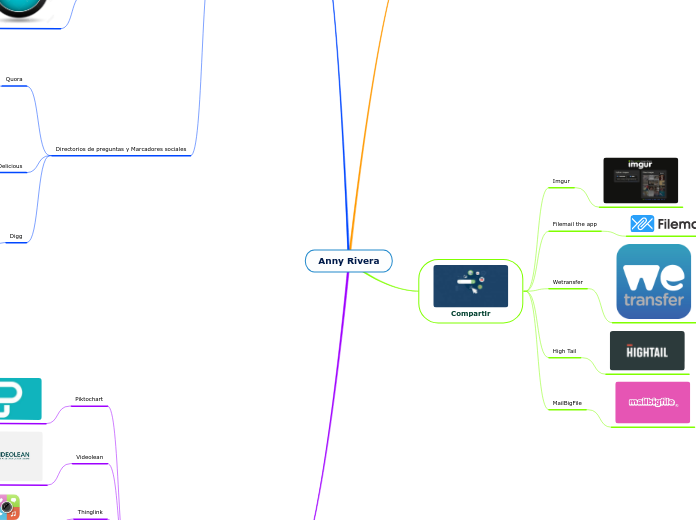por noraziera ahmad hace 9 años
421
NAR Database
The proliferation of databases necessitates their grouping to minimize redundancy, streamline searches, and enhance data tracking for users. This organizational effort ensures data remains current and easily retrievable.









